Funghi e Zucchini Trifolati
Mushrooms and Zucchini with Nepitella and Italian Parsley
I love growing herbs and vegetables, and my garden offers quite a wonderful bounty. It must be in my DNA. As a youth in Abruzzo, my grandfather, Gaetano Crocetti was a farm laborer. We Crocettis’ have been at this for a very long time.
If you read my post on Nepitella and are still wondering how to use it, try this take on the classic vegetable dish, Funghi trifolati. “Trifolati” is a style of preparation in which vegetables are sliced very thinly, as one would slice truffles. Often mushrooms, particularly porcini, are prepared in this fashion. In the classic method, the vegetables are sauteed in olive oil and garlic and tossed at the end of their cooking time with chopped parsley. I have upped the ante with earthy Nepitella, a natural match for mushrooms.
Funghi e zucchini trifolati
This is excellent hot, right off the stove as a contorno. But be sure to try it at room temperature on crostini as an antipasto.
1 pound mushrooms (cremini, porcini, white button or any combination), thinly sliced
2 small zucchini (about 8 ounces), thinly sliced
3 cloves garlic, minced
2 tablespoons chopped Nepitella
2 tablespoons chopped Italian parsley (prezzemolo)
1 teaspoon salt, divided
freshly ground pepper
3 tablespoons olive oil
Brush mushrooms or wipe with damp towel to clean. Cut off and discard dry end of stalk. Slice mushrooms thinly. Slice zucchini into very thin rounds.
Heat olive oil in 12 inch saute pan over medium heat. Add garlic, and cook until it takes on a pale gold tone. Do not brown garlic or it will become bitter.
Increase heat to medium high and add mushrooms. Saute, tossing mushrooms, until they have taken up the oil. Don’t be tempted to add more oil. Add ½ teaspoon salt, and continue cooking, tossing occasionally.
As the mushrooms cook, they will exude a good deal of liquid. Continue cooking until juice have evaporated almost completely, about 5 to 8 minutes.
Add zucchini and remaining ½ teaspoon salt. Cook until tender. Add a few twists of freshly ground black pepper and herbs. Toss briefly. Remove from heat and check for seasoning. Serve.
When Americans think of Italian food, the first image conjured up is pasta, but the cuisine is so much more than that. To paraphrase teacher and food writer Faith Willinger, the Italians have a way with vegetables. I encourage you to go beyond pasta and explore Italian vegetable cookery. Don’t know where to start? Check out these books.
 Red, White, and Greens: The Italian Way with Vegetables
Red, White, and Greens: The Italian Way with Vegetables
by Faith Willinger
Paperback: 352 pages
William Morrow Cookbooks (May 1, 1999)
ISBN-10: 0060930500
ISBN-13: 978-0060930509
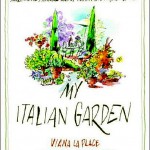 My Italian Garden: More than 125 Seasonal Recipes from a Garden Inspired by Italy
My Italian Garden: More than 125 Seasonal Recipes from a Garden Inspired by Italy
by Viana La Place
Paperback: 272 pages
Clarkson Potter (May 8, 2007)
ISBN-10: 0767918258
ISBN-13: 978-0767918251
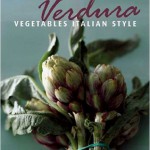 Verdura: Vegetables Italian Style
Verdura: Vegetables Italian Style
by Viana La Place
Paperback: 320 pages
Grub Street Cookery (September 2010)
ISBN-10: 1906502781
ISBN-13: 978-1906502782
These books are more than just collections of recipes. Ms. Willinger includes stories and information about Italy in her own inimitable and very smart style. Ms. La Place has divided “My Italian Garden” by seasons. With the inventive recipes are included watercolors by Cindy Salans Rosenheim. Beautifully done and a bit whimsical, prepare to be both delighted and enticed. The watercolor blueprint of Ms. La Place’s own garden is worth the cost of the book. As to the classic, “Verdura”, I’ll keep it short. Should you elect to purchase but one book on Italians and their vegetables, let this be it.
Note: You can click on any picture to see a slide show!
I have no affiliation with any product, manufacturer, or site mentioned in this article.

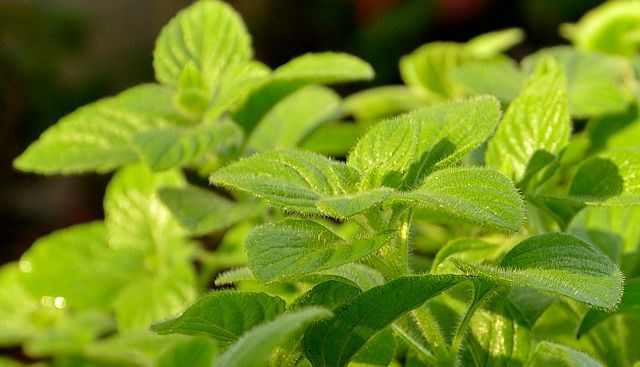

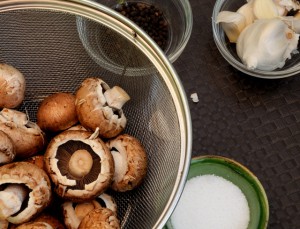

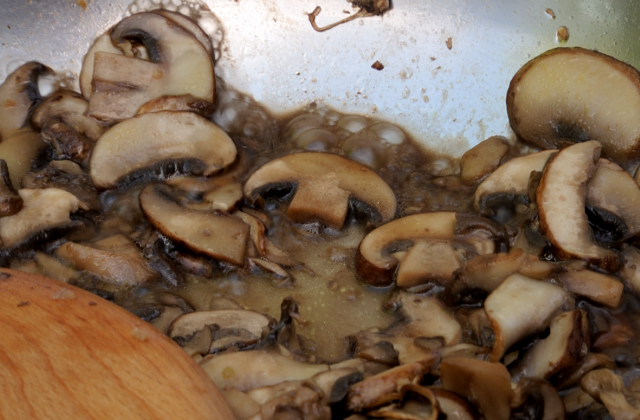

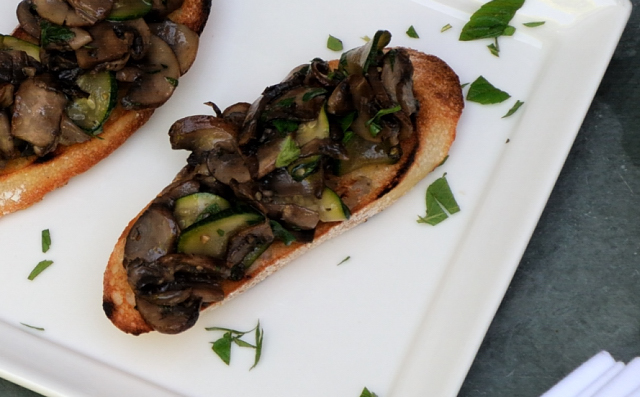

Leave a Reply